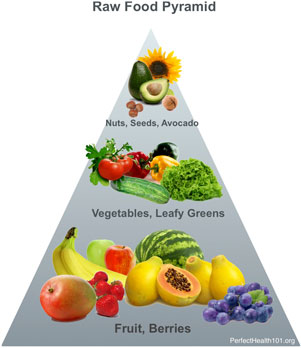10/05/2016 RE-EXAMINING SALT
Deuteronomy 29: 22-23: Then your children and the generations to come and the foreigners that pass by from distant lands shall see the devastation of the land and the diseases the Lord will have sent upon it. They will see that the whole land is alkali and salt, a burned over wasteland, unsown, without crops, without a shred of vegetation---just like Sodom and Gomorrah and Admah and Zeboiim, destroyed by the Lord in his anger. [Living Bible translation]
“re”-a prefix, occurring originally words from Latin, used with the meaning “again” or “again and again or meaning “back” or “backward” to indicate or backward motion.
BIBLICAL COMMENTS
The book of Deuteronomy derives its name from “deuteros” meaning second and “nomos” meaning law. “Deuteronomy” means “second law,” because the book is Moses’ proclamation of GOD’s divine law to the people a second time. The book repeats the recitation of the civil and moral law. It is also a rededication of the people to GOD through the renewal of the covenant between GOD and the people of Israel. It is the repeating of the law and the people’s vows to GOD.
Moses knew that some things were so important they needed to be repeated again and again. Moses also knew that sometimes it is important to just stop and look back---for re-examination, reaffirmation, for reflection and to ensure the people were still following GOD’s law.
SALT GUIDELINES
The average American consumes about 3,400 mg of sodium of salt per day, which is much too high. The Dietary Guidelines For Americans 2015-2020 recommendations for sodium (in milligrams) intake are age and sex based. Here are the recommended amounts based on age and sex:
|
SEX AGE |
Child 1-3 |
Female 4-8 |
Male 4-8 |
Female 9-13 |
Male 9-13 |
Female 14-18 |
Male 14-18 |
Female 19-30 |
Male 19-30 |
| UP* | 1500 | 1900 | 1900 | 2200 | 2200 | 2300 | 2300 | 2300 | 2300 |
*UP - This amount represents the Tolerable “Upper Intake Level” of daily salt recommended.
|
Female 31-50 |
Male 31-50 |
Female 51+ |
Male 51+ |
| 2300 | 2300 | 2300 | 2300 |
See: https://health.gov/dietaryguidelines/2015/guidelines/appendix-7/#table-a7-1.
In other words, children and young adults younger than 14 should not be consume the same level of salt as adults.
A single teaspoon of salt, which is a combination of sodium and chloride, has 2,325 milligrams of sodium, much more than the daily amount of sodium recommended.
In addition, some people have bodies that are more sensitive to salt intake than others. Because salt can cause your body to attract and retain water, this can cause your blood volume to increase and your heart to work faster. There have been a number of studies showing there is a high salt sensitivity in African Americans and that women tend to be more sensitive to salt than men. According one group of researchers:
The finding of salt sensitivity is so prevalent that it is considered to be a "hallmark" of black hypertension, as salt sensitivity is found in 73% of all African American hypertensive patients.
See, “Salt Sensitivity and Hypertension in African Americans: Implications for Cardiovascular Disease, by Rosalind M. Peters, MSN, RN, John M. Flack, MD, MPH,http://www.medscape.com/viewarticle/407741_3.
No matter what the Guidelines recommend, if you have any of a medical condition, you should always follow your physician’s dietary recommendations because your particular circumstances and conditions may require that you restrict your intake of salt even more.
BE A SAVY SHOPPER:
In order to be aware that you are ingesting salt, it is important to recognize the list of ingredients on a package that includes salt or sodium-containing compounds. According to MayoClinic.com if you see a package that mentions any of the following, you are looking at a salt or sodium product:
-Monosodium glutamate (MSG)
-Baking soda
-Baking power
-Disodium phosphate
-Sodium alginate
-Sodium nitrate or nitrite


